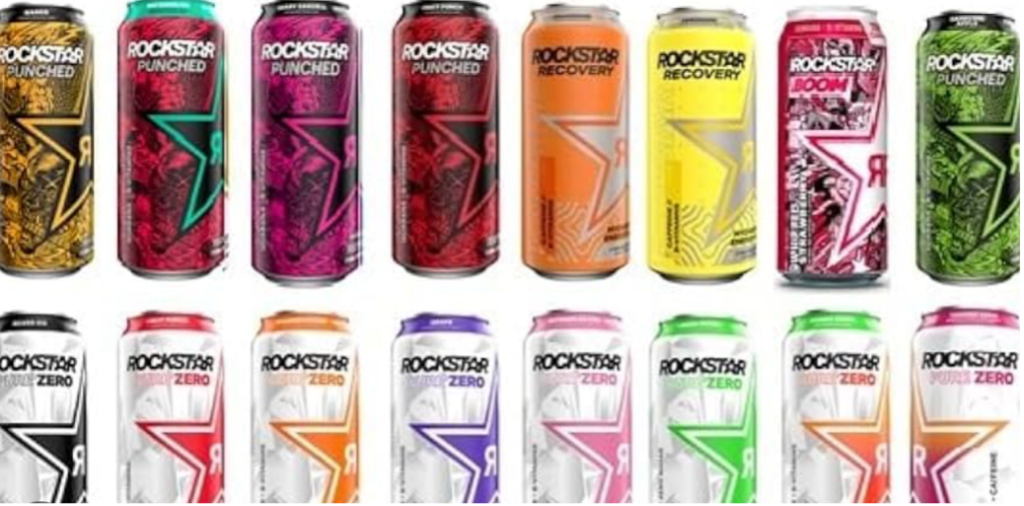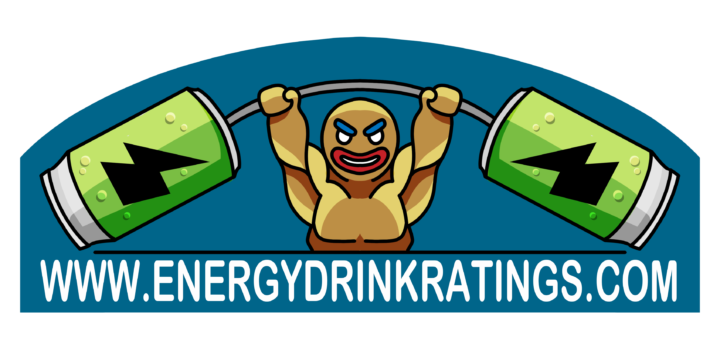Ever wondered how energy drinks became the go-to for a quick boost? Let’s dive into their history, a tale as fizzy and fast-paced as the drinks themselves.
Long before energy drinks lined the shelves, ancient civilizations were already on the hunt for energy-boosting concoctions. In China, people were sipping on tea for its caffeine kick thousands of years ago.

Legend has it that Emperor Shen Nong stumbled upon tea around 2737 BCE. A gust of wind carried leaves from a nearby tree into his boiling water, creating an invigorating infusion. Initially prized for its medicinal properties, tea soon became a symbol of harmony and hospitality in Chinese culture. It wasn’t just a beverage but a ceremony—a moment to savor and share with those around you.
From China, tea traveled along the ancient Silk Road, spreading to Japan and Korea during the Tang Dynasty (618-907 CE). Buddhist monks played a pivotal role, not only in cultivating tea but also in refining its preparation techniques. Each region embraced tea, infusing it with their unique customs and rituals, shaping diverse tea cultures that endure to this day.
China, Japan, and Korea were not the only countries falling in love with botanicals boosting energy levels.

In ancient Egypt and Greece, beverages and foods containing ingredients like honey, herbs, and spices were consumed for their perceived ability to provide energy and vitality. Honey, revered in ancient Egypt for its sweetness and medicinal qualities, was believed to offer an immediate source of energy, making it a prevalent addition to various culinary preparations.
Meanwhile, during ancient Greece, particularly in the time of Hippocrates (460-370 BCE), medicine was approached systematically, encompassing dietary recommendations and the use of herbal remedies. Honey held considerable importance as a component in medicinal mixtures, valued for its supposed health benefits and its ability to provide quick energy. Hippocrates, a pivotal figure in medical history, actively endorsed the inclusion of honey in numerous treatments, highlighting its energizing properties and advocating for its use in promoting overall well-being.

Over in South America, yerba mate (another natural stimulant) was all the rage. We’re talking way back to pre-Columbian times. They discovered that these magical leaves gave them a natural kick, and it quickly became their go-to drink.
In the 16th century, Spanish colonizers stumbled upon yerba mate and were just as hooked as we are today! It spread like wildfire across the continent. By the 17th century, yerba mate was everywhere in South America, especially in Argentina, Uruguay, Paraguay, and southern Brazil. It wasn’t just a drink; it was a way of life. Imagine coffee or tea but with more flair and social ritual.

Fast forward to the early 20th century, and we see the birth of proto-energy drinks (often combined caffeine, sugar, and other ingredients aimed at boosting energy and alertness). For example: in 1927 Lucozade was created by British pharmacist William Owen, it was initially marketed as a recovery drink for hospital patients. Imagine that—doctors prescribing you an energy drink to help you bounce back!
The modern energy drink really took shape in Japan. In 1962, Taisho Pharmaceuticals introduced Lipovitan-D, a drink designed to fight fatigue and boost productivity. With ingredients like taurine and B vitamins, it quickly became the go-to for workers needing to power through long shifts. These ingredients are still used today in most energy drinks on the market.
The 1980s marked the arrival of energy drinks in the Western market, and it was Red Bull that stole the spotlight. Austrian entrepreneur Dietrich Mateschitz discovered a Thai energy drink called Krating Daeng. It was a simple concoction back then—sweet, non-carbonated, and packed with caffeine and taurine.

Marketed to truck drivers and laborers, it was designed to help them stay awake and alert during long hours on the job. The name “Krating Daeng” translates to “Red Bull” in English, with “krating” referring to a large bovine animal native to Thailand.

He tweaked the formula and launched Red Bull in Austria in 1987. With its catchy slogan, “Red Bull Gives You Wings,” and extreme sports marketing that spoke to an entire generation, it wasn’t long before Red Bull became a global sensation.
Red Bull’s success opened the floodgates. Monster Energy hit the scene in 2002, brought to us by Hansen’s Natural (now Monster Beverage Corporation). With its larger cans and edgy branding, Monster quickly climbed the rankings. The logo, with its distinctive claw marks and bold “M,” symbolized the brand’s aggressive and energetic appeal. The flavor was sweeter and bolder, appealing to a wide range of tastes.
What really set Monster apart was its marketing strategy. Instead of traditional ads, Monster went straight to where its audience lived—extreme sports, music festivals, and gaming events. Sponsoring athletes in motocross, skateboarding, and surfing, Monster became more than just a drink—it became a lifestyle choice for adrenaline junkies and thrill-seekers.

Monster’s ascent was accelerated by strategic partnerships, none more significant than its alliance with Coca-Cola in 2015. This deal not only boosted distribution but also solidified Monster’s position as a major player in the beverage industry, allowing it to reach even more consumers worldwide. Their merger with Bang recently, only solidified their giant foothold in the market.
Rockstar Energy also joined the fray in 2001, targeting action sports enthusiasts and music festivals. Founded by Russell Weiner, who had a vision to create a drink that wasn’t just about energy but also about embodying a rock ‘n’ roll lifestyle. From the start, Rockstar set out to be more than just a beverage—it was about attitude, passion, and living life at full throttle.
What sets Rockstar apart is its unique flavor profile. From classic options like Original and Sugar Free to bold variations like Punched and XDurance, each can packs a punch of taste that’s as dynamic as its drinkers.

While hundreds of drinks and brands flood the market, suddenly energy drinks weren’t just about staying awake—they were about joining a new lifestyle wave.
Ever wondered about the financial muscle behind the energy drink craze?
Brace yourself—this industry packs a punch worth approximately $65 billion USD globally. That’s a staggering figure, reflecting the immense popularity and economic impact of these high-energy beverages.

Each year, millions upon millions of energy drinks fly off the shelves worldwide. In the United States alone, consumers gulp down over 7 billion cans annually. It’s a testament to how deeply ingrained these drinks have become in our daily routines, whether it’s for a morning boost, a late-night study session, or fueling through a workout
What’s fueling this market growth?
It’s a combination of factors: relentless innovation in product development, expanding reach through diverse distribution channels, and savvy marketing strategies that speak directly to the needs of modern consumers. Part of why we needed EDR is because the entire industry is currently run off marketing.
As a consumer, it is difficult to find an energy drink that you like because of the influx of brands available. Vitamin Shoppes and GNCs seem to cycle through new drinks faster than ever, and as soon as you find a beverage that hits all the right spots, it vanishes. With the help of YOU, hopefully we can stabilize the industry and bring to the forefront our favorite drinks.

Of course, it’s not all smooth sailing for all energy drink brands. The industry faces scrutiny, particularly around health concerns related to caffeine levels and other ingredients. Regulatory bodies are keeping a close eye, prompting brands to innovate responsibly while meeting consumer expectations for transparency and safety.
Despite these challenges, the energy drink market shows no signs of slowing down. With ongoing advancements in formulation, packaging, and marketing, brands are poised to continue capturing the hearts—and wallets—of consumers worldwide. It’s a dynamic landscape where innovation meets demand, ensuring that energy drinks remain a vital part of our beverage choices for years to come.
From ancient brews to modern-day energy drinks, the quest for that extra boost is nothing new. Whether you’re powering through a late-night study session or gearing up for an extreme sports event, energy drinks have become an integral part of our lives. As they continue to evolve and adapt, one thing is clear: energy drinks are here to stay, wings and all.
